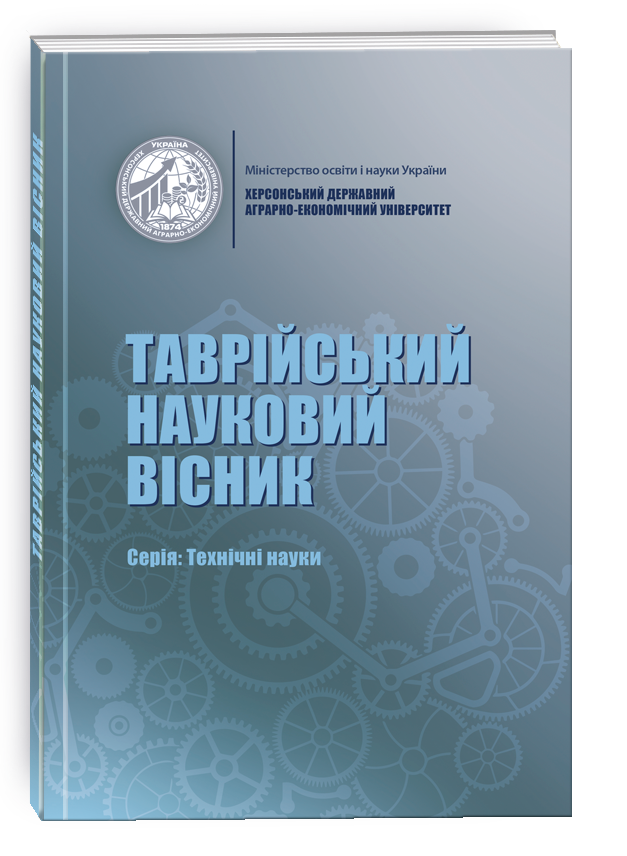НЕБЕЗПЕКИ ТА ЗАГРОЗИ: ВПЛИВ ТОКСИКАНТІВ НА ЯКІСТЬ МОЛОЧНИХ ПРОДУКТІВ
DOI:
https://doi.org/10.32782/tnv-tech.2024.1.14Ключові слова:
безпека молочних продуктів, токсиканти ,вплив на здоров’я, методи контролю, нормативиАнотація
Забезпечення безпеки та якості молочних продуктів є надзвичайно важливим завданням для споживачів та виробників. Однак, небезпека забруднення молочних продуктів токсикантами може стати серйозною загрозою для здоров’я споживачів. Фізичні та хімічні забруднення можуть виникнути на будь-якому етапі виробництва та постачання молочних продуктів, і їх виявлення та контроль вимагають уважності та системного підходу. У цій статті ми детально розглянемо різноманітні типи токсикантів, їхній вплив на якість молочних продуктів та можливі наслідки для здоров’я споживачів. Фізичні токсиканти можуть включати чужорідні тіла, такі як пил, волосся та фрагменти упаковки, а також металеві забруднення, зокрема свинець, кадмій та ртуть. Хімічні токсиканти включають пестициди та гербіциди, антибіотики, гормональні речовини, важкі метали та інші хімічні забруднення, такі як діоксини та пластикові розчинники. Молочні продукти можуть бути забруднені на різних етапах виробництва та постачання. Забруднення може виникати через недоліки у виробництві, навколишнє середовище або внаслідок використання хімікатів та антибіотиків у тваринництві. Негативний вплив токсикантів може виявлятися у вигляді зміни смаку та запаху молочних продуктів, порушення їхньої корисної властивості та загрози для здоров’я споживачів. Деякі токсиканти можуть накопичуватися в організмі людини та викликати серйозні захворювання. Для виявлення та контролю рівня токсикантів у молочних продуктах використовуються різноманітні методи, включаючи хімічні аналізи, біологічні тести та системи моніторингу якості. Нормативні вимоги та стандарти щодо максимально допустимих рівнів токсикантів у молочних продуктах, а також контроль якості на рівні виробництва, грають важливу роль у забезпеченні безпеки та якості молочних продуктів. Негативний вплив токсикантів на здоров’я може бути серйозним, зокрема викликати розвиток хронічних захворювань та порушення функцій органів та систем організму.
Посилання
Ходжсон Х., Роль дійних корів у світовому виробництві їжі. Journal of Dairy Science. 2017. Вип. 62. С. 343–351.
Бейц Д. Фізичні та сенсорні властивості молочних продуктів від корів з різним складом жирних кислот молока. Журнал сільськогосподарської та харчової хімії. 2019. Вип 52.
Егмонд Х. Мікотоксини в молочних продуктах. Харчова хімія. 2018. Вип. 22, С. 43–51. https://doi.org/10.1016/0308-8146(83)90076-6.
Абдурахман М. Огляд впливу афлатоксинів на здоров’я населення в молоці та продуктах харчування молочних корів на основі молока. Журнал ветеринарної медицини. 208. Вип. 12. С. 43–51. https://doi.org/10.14302/issn.2575-1212.jvhc-22-4105.
Сяо-тін М. Прогрес у методах виявлення токсинів у молочних продуктах. Міжнародна харчова наука та технологія . 2014. Вип. 16. С. 25–30.
J. Lievaart та ін. «Концепція критичних контрольних точок аналізу ризиків (НАССР) у застосуванні до деяких хімічних, фізичних і мікробіологічних забруднювачів молока на молочних фермах. Прототип». Ветеринарний щоквартальник, 27 (2015): 21–29.
Рахман Н. Вплив різних методів екстракції на профіль жирних кислот, фізико-хімічні властивості та індекс харчової якості риб’ячого жиру Pangus. Food Sci Nutr. 17 травня 2023;11(8):4688-4699. doi: 10.1002/fsn3.3431. PMID: 37576032; PMCID: PMC10420784.







